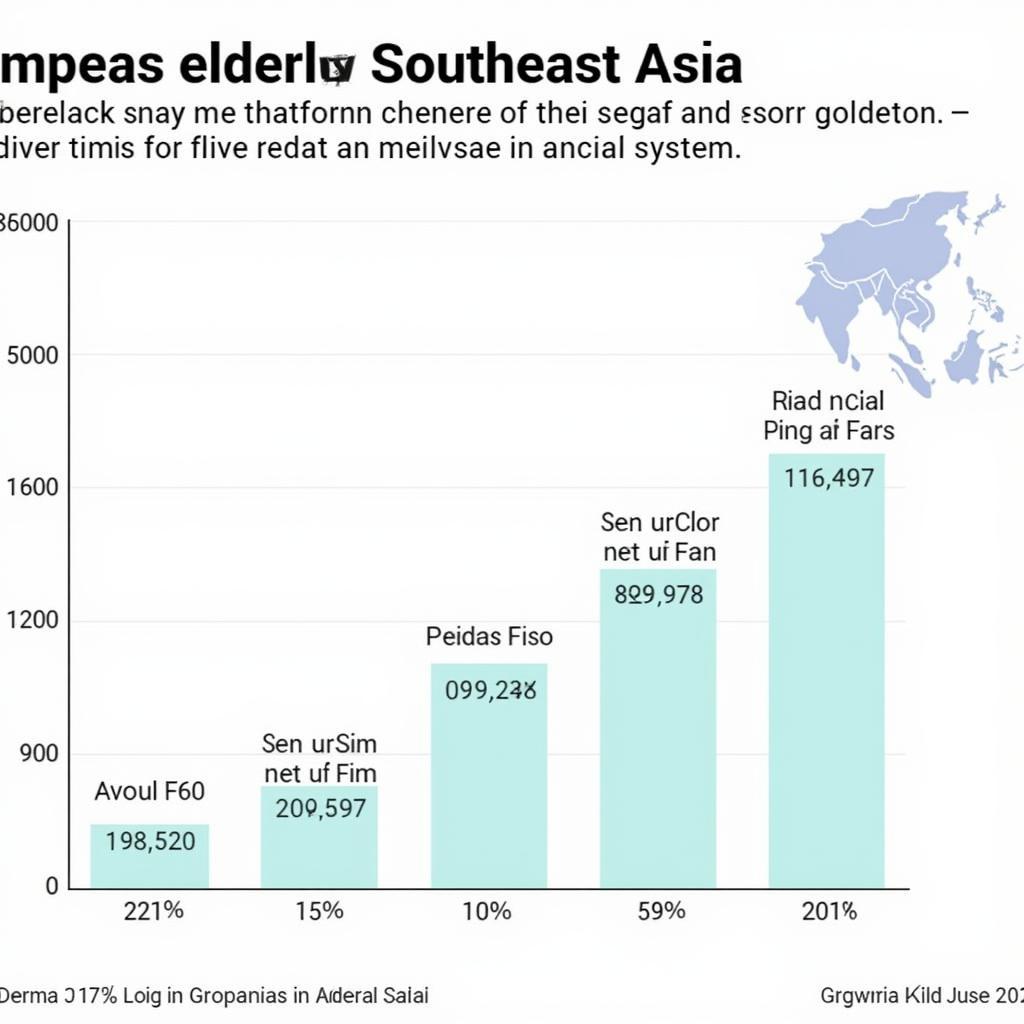The Asean Birth Rate has been a topic of growing interest in recent years, reflecting the region’s dynamic demographic landscape. As one of the fastest-growing regions globally, Southeast Asia has witnessed significant shifts in its birth patterns, impacting its socioeconomic development and future prospects. This article delves into the intricacies of the ASEAN birth rate, examining its trends, challenges, and opportunities.
 ASEAN Population Pyramid
ASEAN Population Pyramid
Declining Birth Rates: A Regional Trend
Over the past few decades, ASEAN countries have experienced a considerable decline in birth rates. This trend is primarily attributed to factors like increased urbanization, rising female education and labor force participation, and improved access to family planning methods. As more people move to urban areas seeking better economic opportunities, they tend to have smaller families due to the higher cost of living and changing lifestyles.
Furthermore, with greater access to education and employment, women are increasingly delaying marriage and childbirth, opting for smaller families to balance their personal and professional aspirations. This shift in societal norms and aspirations has significantly impacted fertility rates across the region.
Challenges Posed by Declining Birth Rates
While declining birth rates can offer certain economic benefits, such as increased productivity and a growing workforce, they also pose challenges. One significant concern is the potential for an aging population, leading to a shrinking workforce and increased strain on social security systems. This demographic shift can hinder economic growth and impact the sustainability of public services like healthcare and pensions.
 ASEAN Aging Population
ASEAN Aging Population
Moreover, a declining birth rate can result in a shrinking consumer base, impacting domestic demand and economic growth. Businesses may face challenges in finding skilled labor, potentially hindering innovation and economic development. Addressing these challenges requires comprehensive policy interventions and investments in areas like education, healthcare, and social security.
Opportunities Arising from Demographic Shifts
Despite the challenges, ASEAN’s evolving demographics also present unique opportunities. The region’s youthful population, particularly in countries like Laos and Cambodia, offers a potential demographic dividend. With a larger proportion of the population in the working-age group, these countries have a window of opportunity to boost economic growth and productivity.
 ASEAN Youth Population
ASEAN Youth Population
To capitalize on this dividend, governments need to invest in quality education and skills development, creating a skilled workforce capable of meeting the demands of a changing global economy. Furthermore, promoting innovation and entrepreneurship can empower young people and create new avenues for economic growth and social progress.
Conclusion
The ASEAN birth rate is undergoing a significant transformation, presenting both challenges and opportunities. Addressing the challenges of an aging population requires proactive policy measures and long-term planning. Simultaneously, harnessing the potential of a youthful population through investments in education, skills development, and innovation will be crucial for sustainable economic growth and social progress in the region.


